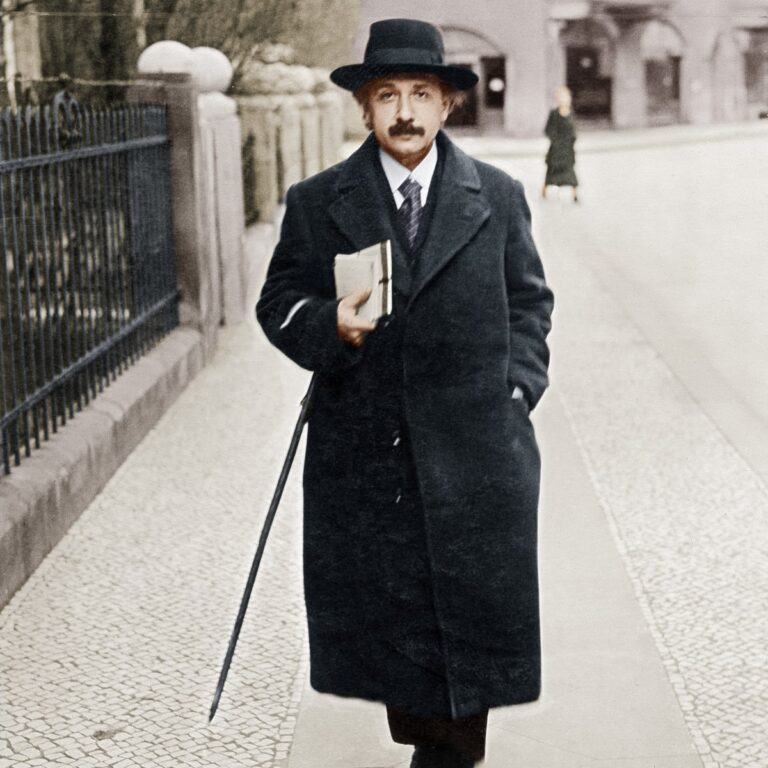It’s Friday. Been a busy week and going into today has been no different. Here’s a brief read capturing this Friday morning’s quantum computing happenings.
In a move that safeguards everyday digital chats against future quantum threats, the Signal Protocol now weaves in quantum-resistant features through its PQXDH and Triple Ratchet updates, blending classical and post-quantum methods to thwart “harvest now, decrypt later” schemes. This seamless upgrade, detailed in CSO Online’s deep dive on quantum resistance in messaging, ensures forward secrecy without user friction, setting a standard for apps worldwide as Shor’s algorithm looms.
Shifting to hardware accessibility, IBM has demonstrated its quantum error-correction routine humming along on standard AMD FPGA chips, slashing the need for bespoke gear and speeding up paths to viable quantum machines. As outlined in SRN News coverage of the demo, this real-time execution—10 times swifter than benchmarks—positions error-prone qubits closer to reliable computation, eyeing milestones like the 2029 Starling system amid rival pushes from Google and Microsoft.
Europe edges forward with Portugal’s PTQCI rollout, a homegrown quantum network linking state bodies by year’s end for interception-proof data flows. Backed by EU funds, this star-linked setup with local nodes not only fortifies sovereignty but pairs with Spain for an Iberian corridor, as The Portugal News reports on the infrastructure launch. Meanwhile, UNSW’s fiber-coupled quantum memory hits 54% efficiency, a leap for storing photons in networks that could underpin repeaters for long-haul quantum links, per Quantum Zeitgeist’s account of the LAS platform.
Asia pulses with collaborations: Korea and Australia convened a roundtable via KQIA and Austrade, sparking joint ventures in quantum chips and sensors between firms like LG and CSIRO, fostering complementary R&D ecosystems as chronicled in Pioneer Global’s event recap. Singapore, too, doubles down—Minister Teo called for oversight on agentic AI and quantum risks at Cyber Week, while NUS and IBM unveiled an AI center deploying Spyre chips for efficient models, with quantum tie-ins via cloud access, covered in OpenGov Asia’s policy address summary and Asia News Network’s launch story. These efforts align with a $300 million national quantum push.
China flexes classical might as the Sunway OceanLite supercomputer, with 40 million cores, scales neural networks to mimic quantum chemistry for bigger molecular models, hitting 92% efficiency in simulations up to 120 orbitals—bridging HPC and quantum realms without exotic hardware, according to HPCwire’s analysis of the NNQS framework.
On the policy front, NPL lends metrology know-how to London’s Quantum Cluster advisory board, uniting UCL and Imperial with seed funding to commercialize research and chase 150,000 jobs by 2028, as noted in NPL’s announcement.
Amid 2025’s UN-designated quantum year, these threads—from encryption shields to supercomputing proxies—signal a field maturing toward practical edges in security, simulation, and scale.


